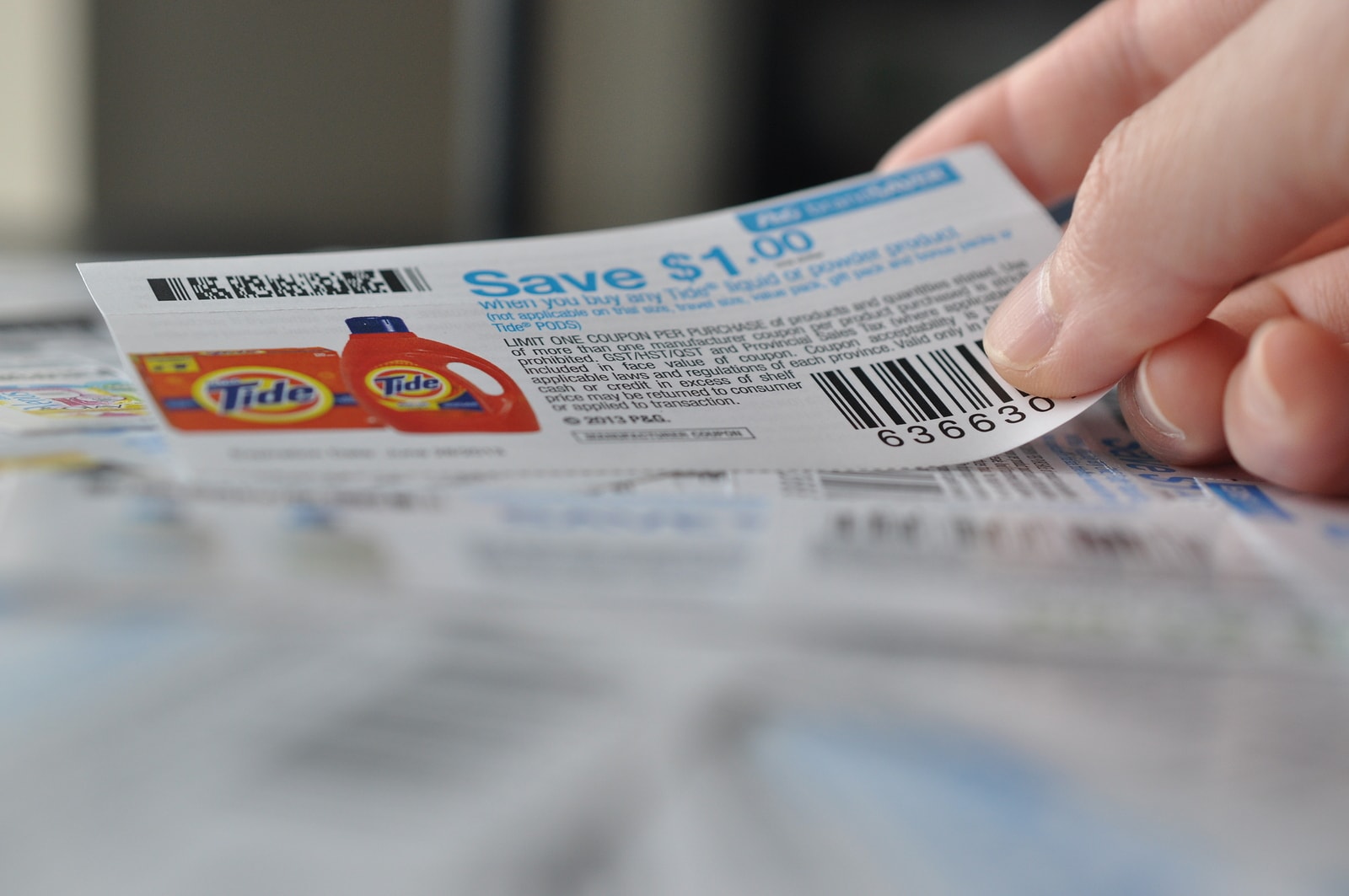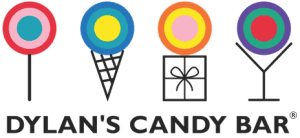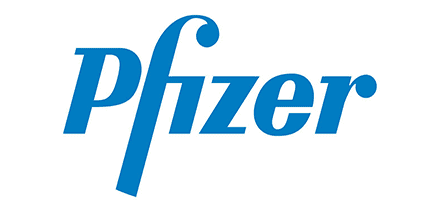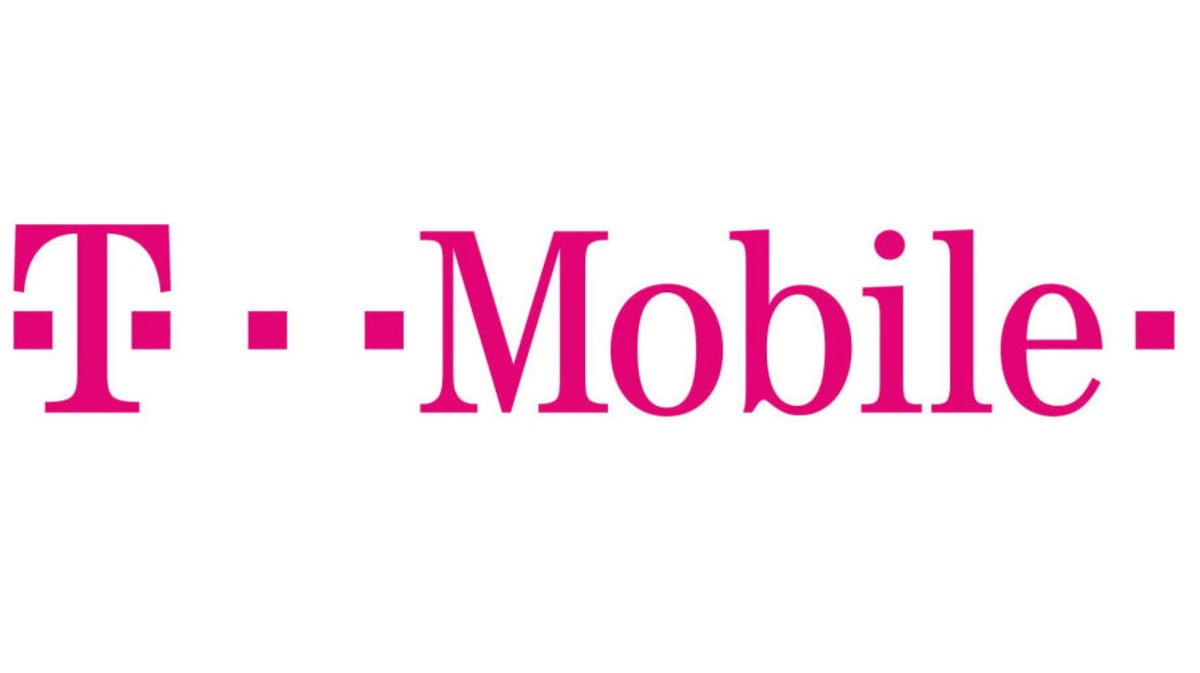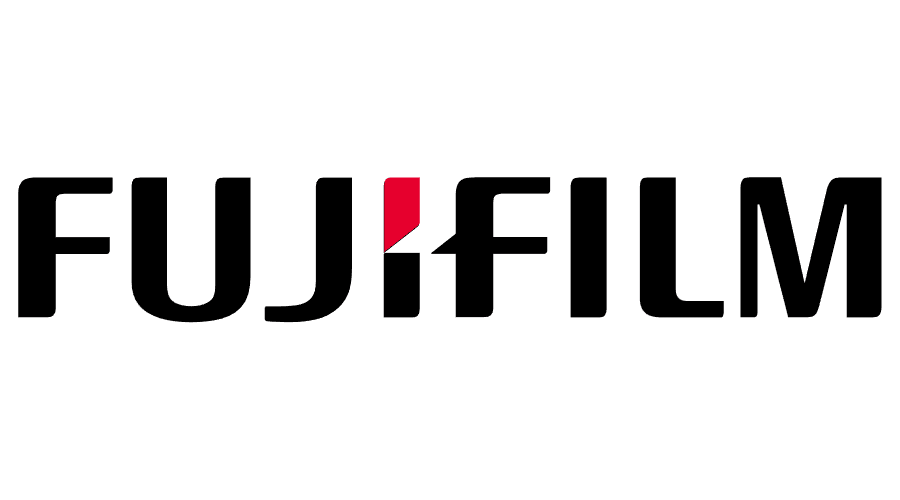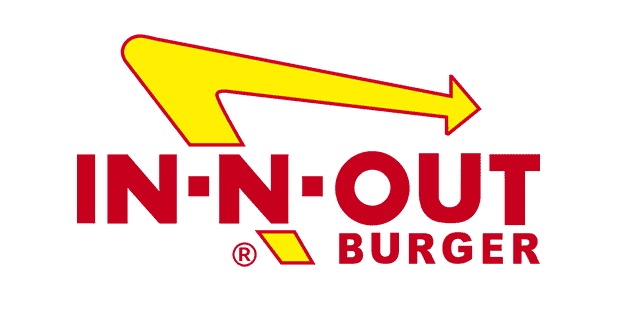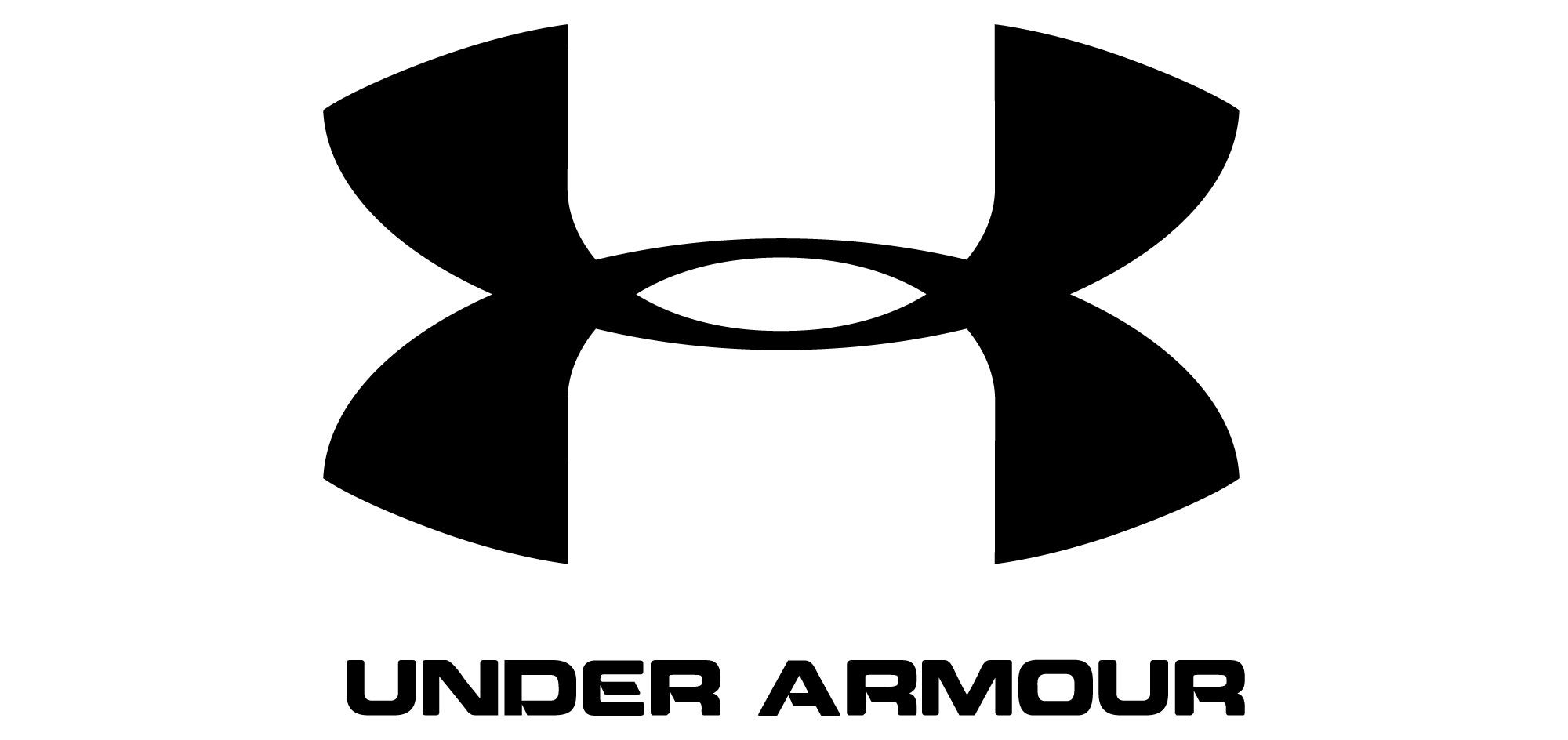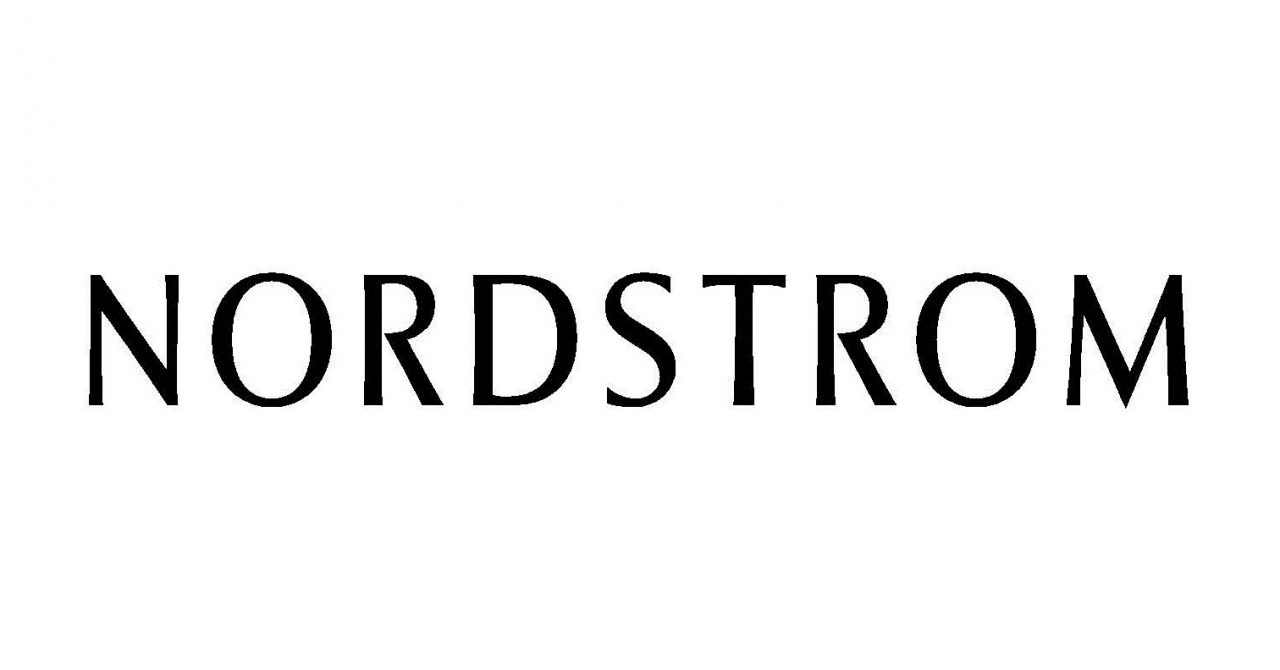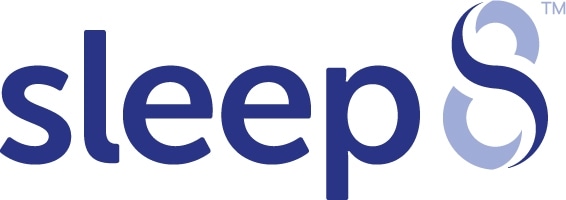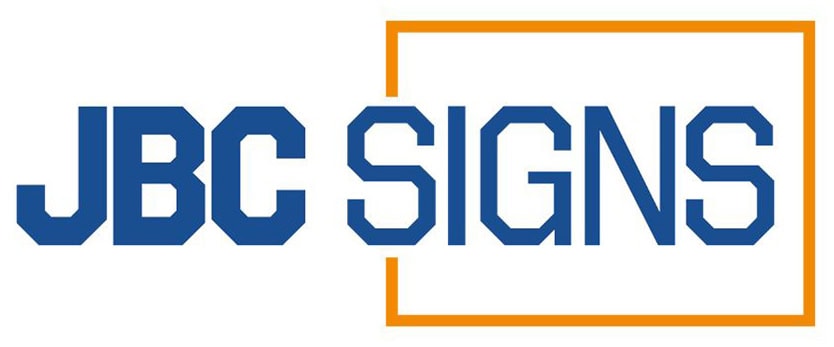Key Takeaways:
- Clear and Compelling Offer: Ensure the coupon's value proposition is immediately understandable and attractive. Use concise language to communicate the discount or benefit, making it easy for customers to grasp the offer at a glance.
- Strong Call-to-Action (CTA): Incorporate a direct and motivating CTA that encourages immediate use of the coupon. Phrases like "Redeem Now" or "Shop Today" create urgency and prompt customers to act promptly.
- Eye-Catching Design: Utilize visually appealing elements such as bold colors, high-quality images, and readable fonts. An attractive design captures attention and enhances the likelihood of the coupon being noticed and used.
- Personalization: Tailor coupons to individual customer preferences or behaviors. Personalized offers resonate more with recipients, increasing the chances of redemption and fostering customer loyalty.
- Clear Terms and Conditions: Provide straightforward and concise terms to avoid confusion. Clearly stating any limitations or expiration dates ensures customers understand how and when to use the coupon, enhancing their experience.
Has your business ever used coupons to improve its response rate and encourage existing customers to return? Coupons are powerful marketing assets that can be used in retail, business-to-business commerce and even for restaurants and cafés.
There are several factors that separate good coupons from great ones. For a coupon to be highly effective, it needs to have an excellent offer that’s worth returning for as well as being easy to share and a design that’s focused on inspiring action.
Would you like to use coupons that improve your business’s revenue? In this guide, we’ll share three simple tips and techniques that you can use to design coupons that your customers can’t wait to redeem.
Have a great offer that your audience is interested in
The key to an effective coupon is an enticing offer. If your coupons offer little of real value – for example, a very small discount on an unwanted product or service – few, if any, of your customers will redeem them.
On the other hand, if your coupons offer a great deal on a product or service that is appealing to your target audience, they can generate a steady stream of customers that can’t wait to return to your business.
Before you start designing your coupons, choose a great offer. Think about which of your products or services is most likely to generate a motivated response, even if it only occurs in a small part of your target audience.
Good offers include discounts on top-selling products and service, buy-one-get-one-free deals, loyalty programs for existing customers and other offers that emphasize the value offered to your target audience.
Use a design that encourages recipients to take action
Even with a great offer, not everyone will take advantage of your coupon as soon as they receive it. Your coupon’s design plays a huge role in inspiring people to redeem it, and it’s important that you design your coupons with action in mind.
Do your coupons communicate value alone, or do they communicate how that value can be used? Good coupons have all the elements of an effective brochure – a strong unique selling point, call to action and important data for prospective customers.
Begin your coupons with your value proposition – the value that you can offer to the coupon holder. Explain your product or service’s unique selling points. Then, add all of the information required for coupon holders to take action and redeem the offer.
Remember that coupons aren’t just freebies for customers – they’re advertisements, and like any advertisement, they need to be optimized for action. Design all of your coupons like direct response advertisements and they’ll be far more effective.
Make your coupons remarkable and worth talking about
Most coupons are designed to attract the business of one person. You can make your coupons far more effective by designing them to be remarkable and encourage your target audience to talk about your business.
Online companies like Uber and Dropbox have done this to great success, offering a bonus – free credit in the case of Uber, and free online storage for Dropbox – for any users that invite their friends and colleagues to become customers.
Do your coupons encourage conversation? Try offering an even bigger discount to any recipients that invite their friends, or create two-in-one coupons that users can cut into two and share with their friends and family.
Doing this massively increases the value of each of your coupons for your business by expanding your audience of prospective customers. Even if only a small number of customers “share” their coupons, your business can find a whole new audience.
FAQs
What is the ideal length for a coupon code?
A coupon code should typically be between 8-12 characters. This length balances memorability and security, making it easy for customers to use while minimizing the risk of unauthorized use.
How can I distribute coupons effectively?
Distribute coupons through multiple channels such as email newsletters, social media platforms, and in-store handouts. Utilizing various distribution methods ensures a wider reach and engages different segments of your target audience.
How often should I update or change my coupon offers?
Regularly refreshing coupon offers, such as monthly or seasonally, keeps customers engaged and encourages repeat business. Updating promotions maintains interest and provides ongoing incentives for customers to return.
What are some common mistakes to avoid in coupon design?
Avoid cluttered designs, unclear messaging, and overly complex terms. Ensuring simplicity, clarity, and straightforward conditions enhances the effectiveness of your coupons and improves customer satisfaction.
How can I measure the success of my coupon campaigns?
Track metrics such as redemption rates, increased sales during the promotion period, and customer feedback. Analyzing these data points provides insights into the campaign's effectiveness and areas for improvement.

